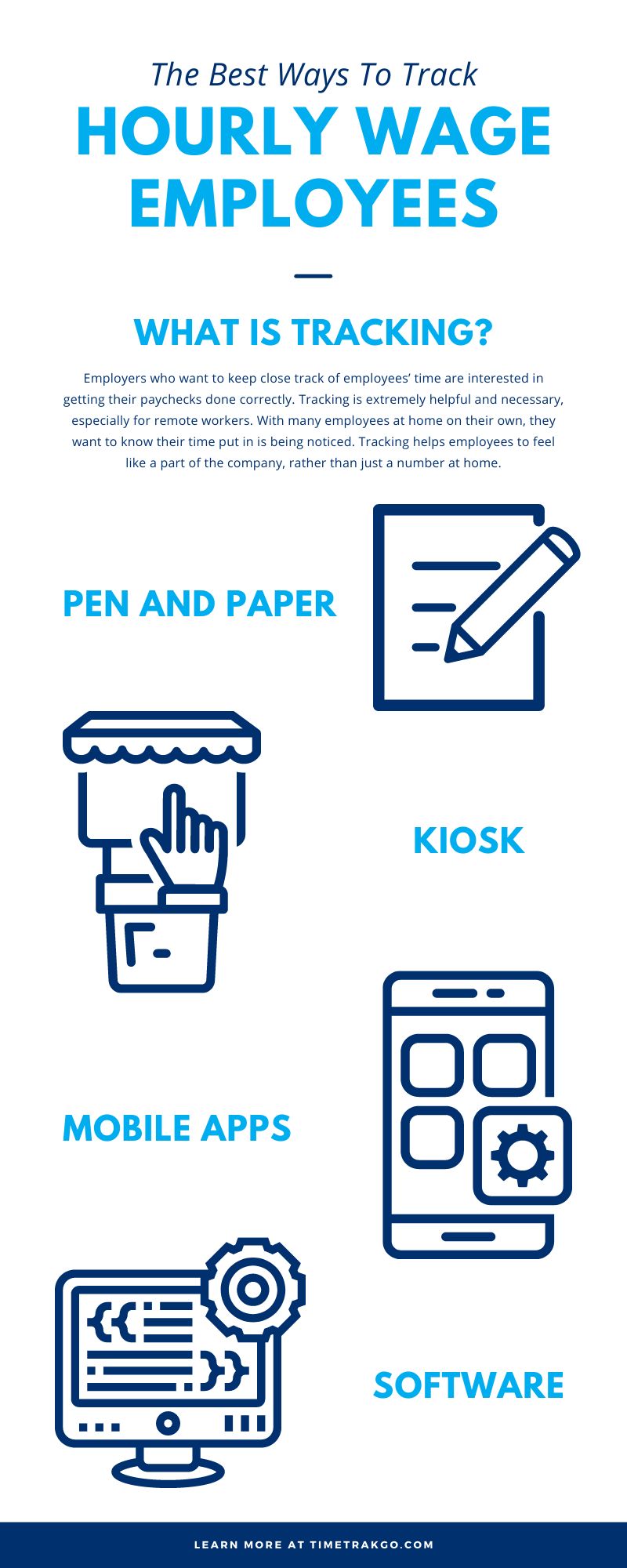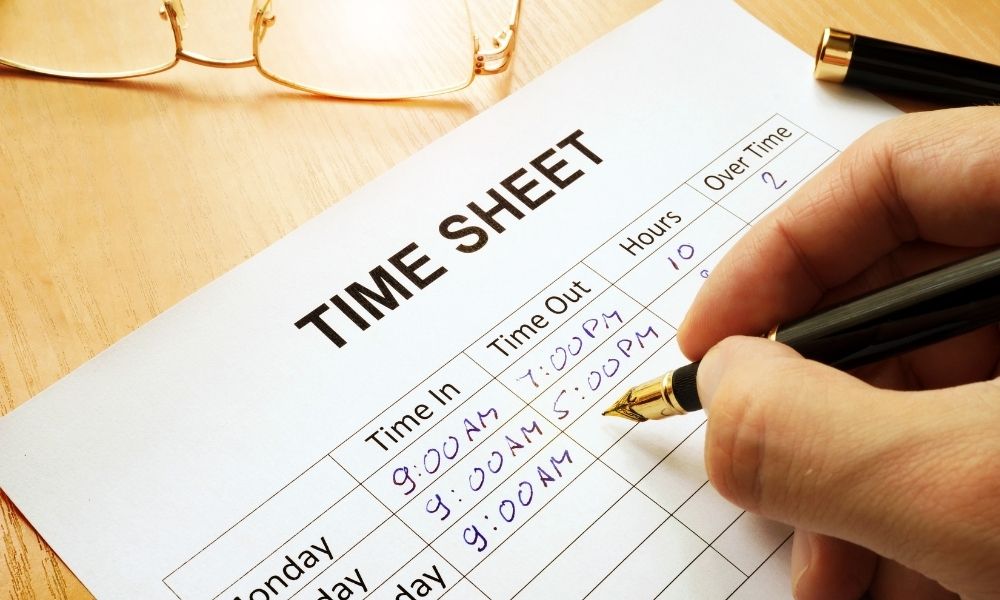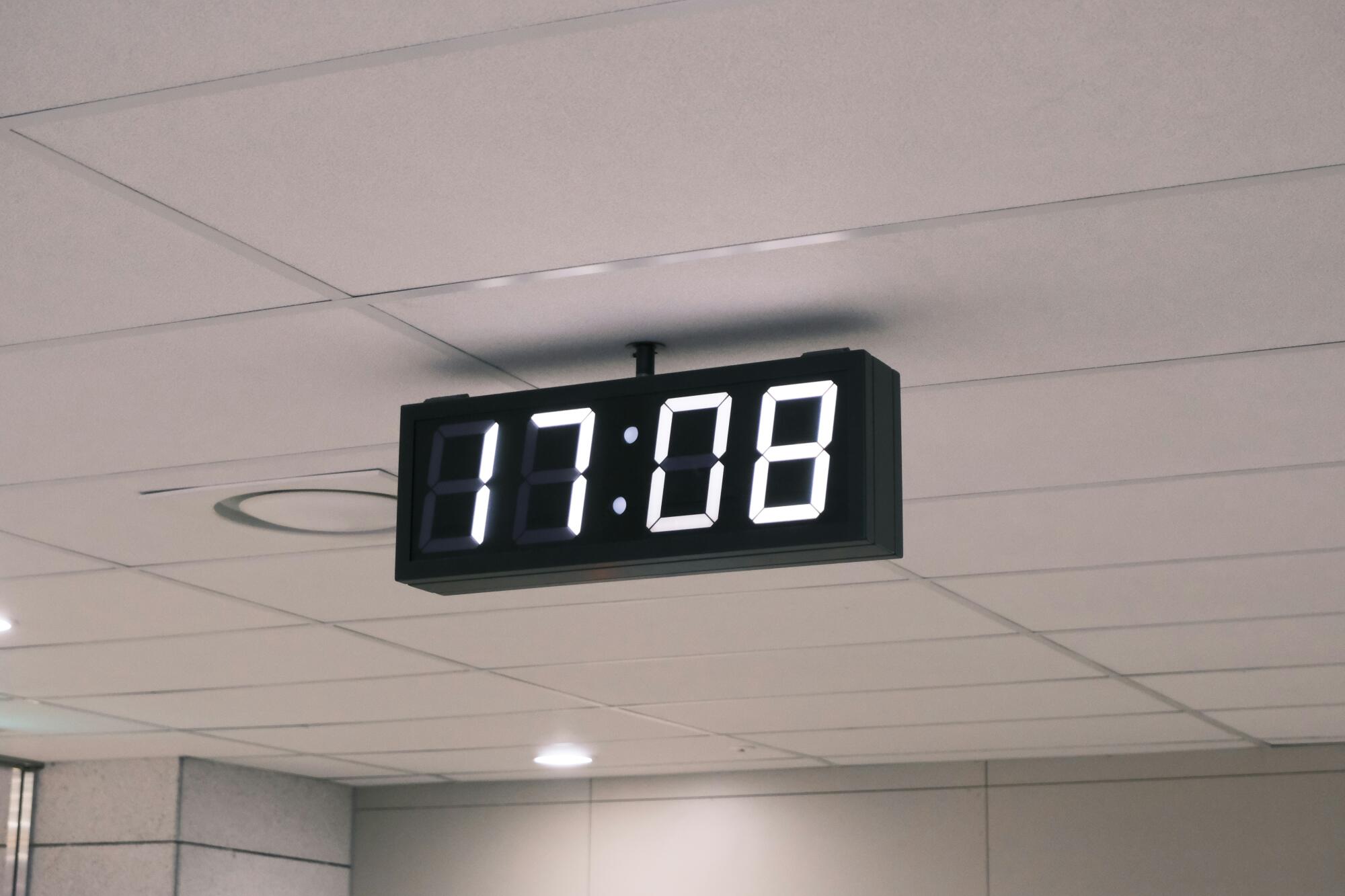The best ways to track hourly wage employees are by using methods that best suit your business and get the job done easily and accurately. Systems are constantly improving, so keep an open mind and understand that your current system may no longer be the best suited for your company.
What is Time Tracking?
Employee Time Tracking can have a negative connotation to it, but it is quite the opposite.
Employers who want to keep close track of employees’ time are interested in getting their paychecks done correctly. They also want to know if employees are approaching overtime and take steps to mitigate the associated costs.
Employee Time Tracking is extremely helpful and necessary, especially for remote workers. With many employees at home on their own, they want to know their time put in is being noticed. Hourly employee time tracking helps employees to feel like a part of the company, rather than just a number at home.
It can be used as a time clock for payroll, central hub for vacation requests and approvals, and a base for everyone to refer to if any time issues are in question.
There are several methods businesses can use to track employee hours. But what’s the best way to track hourly wage employees? Let’s take a look.
Pen and Paper
Seldom any longer a preferred method, using good old-fashioned pen and paper to track hours of employees is sometimes still a necessity.
When a business is in the middle of nowhere or has little to no internet connection, pen and paper may be the only choice.
It can seem like a quick option. Employees use an analog notebook and simply write down their hours every day, including breaks and lunch.
However, problems arise when a book gets lost, an employee gets busy and forgets to record their hours, or when transferring from analog book to payroll. When these things happen, hours are recorded incorrectly.
Anytime we take something into our own hands in this way, it leaves more opportunity for small mistakes which can lead to big problems, like an incorrect paycheck.
Manual Punch Clock
Manual punch clocks require a designated area for employees to clock in, so they may not be very helpful for remote workers.
It works by inserting a paper timecard into a mechanical machine that stamps the current time on it. The ongoing cost of a manual punch clock should be considered as replacement ribbons as well as the paper timecards would be an added necessity.
Manual punch clocks were very popular in the 1980’s as they were a low-cost way for management to accurately record employee attendance.
This once popular method for time tracking is hardly used anymore because of the time-consuming manual processes associated with them.
Mobile Apps
Using a mobile app for tracking can also work as long as every employee has a smartphone, which may mean added costs.
The great thing about these mobile apps is that they often offer more amenities than just clocking in and out.
Employees can set timers to remind them to clock in and clock out, and even reminders to take a break.
Also, time tracking can easily be set to help when employees are paid per project time. With the mobile app, an employee can easily keep track and record time spent on a project.
If travel is necessary for the job, miles can also be easily calculated using a mobile app.
A downside of mobile apps is that phones can easily be misplaced.
Software
Time tracking software is easily one of the best ways to keep track of employees’ hours. Once set up, it practically takes care of itself.
Outsourcing for this type of system is very helpful. It is one less thing for you as an employer to think about. Time tracking software companies know all the ins and outs and can save you a lot of time and money.
An account is created for each employee and can keep track of many things, including clocking in, clocking out, and break times. Time tracking software can also allow employees to request paid time off such as Vacation which can then be approved or denied by a supervisor.
A software system brings peace of mind to both employees and employers. With just one click to clock in and out, the time is accurate and easily transferred to payroll.
With the ability to easily work for both in-office and remote employees, hourly employee time tracking software is for today’s modern business world.
Card Swipes
Like the old school time punch clocks, a card swipe system is used in the same way, only with a more modern swipe of a card for recording rather than an actual card punch.
Sometimes just an ID is given and typed in without the need of an actual card.
The system works well for quick recording of times, which is a good thing. However, the need to go to a particular spot at work and possibly wait in line to clock in is a waste of employee time and very inefficient.
With all the advances in technology, the card swipe is probably not the best option.
Manually
Using something like an excel spreadsheet is a simple and cost-effective way to track hourly wage employees. However, cost-effective doesn’t always equal efficient.
The manual method requires each employee to open the spreadsheet when needed and manually enter their hours.
It is a bit more labor intensive than other options, and whenever a worker manually enters something, mistakes are bound to happen.
What Is Best for Your Company?
When choosing how to track hourly employees, you should base your decision upon what employees are comfortable with and what will work best with your particular business atmosphere.
Be sure to talk with employees and get their opinions about how tracking could be improved. Also, choose a time tracking service that offers ease of tracking for both in-office and remote employees. This way, the right system will be in place as the company grows and adapts.
Even if your current system seems fairly glitch free, looking into some updated ideas for tracking employees may bring you new ideas. It may also bring you the realization that the time it takes to simply keep track of time could be streamlined to create a more efficient business.
TimeTrakGO offers web-based hourly employee time tracking software, giving employers and businesses the freedom to focus on improving and maintaining the company, rather than worrying about time clocks and payroll.






